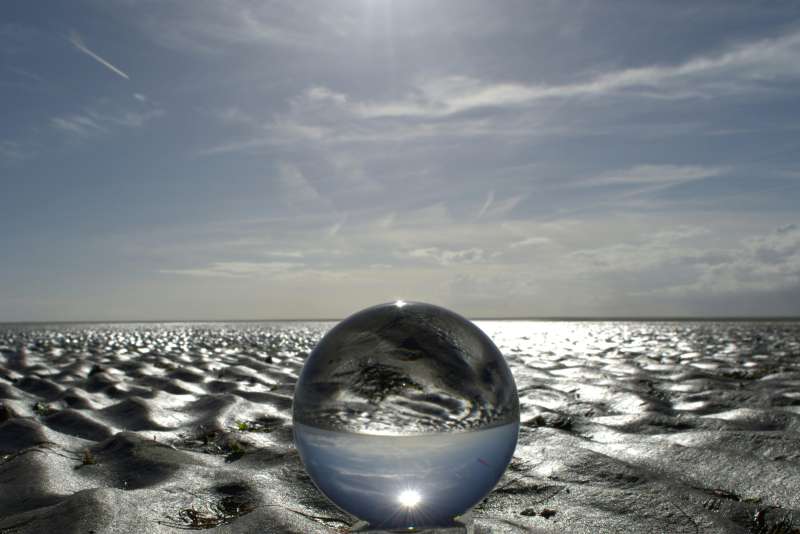Logging Off to Tune In: The Why and How of Digital Detox
Published on: April 17, 2025
In a hyper-connected world, where our devices never sleep and notifications chase us from dawn to dusk, it’s easy to forget what silence feels like. The concept of a digital detox may sound like a luxury—but for many, it's become a necessity. A moment to unplug. A chance to return to what’s real.
Why Do We Need a Digital Detox?
Our relationship with technology is no longer just functional—it’s emotional, even addictive. We scroll for comfort, we click for distraction, and we stare at screens more than we look each other in the eyes. While tech has brought countless benefits, it also carries subtle costs:
- ? Mental Fatigue: Constant information overload can leave us drained, scattered, and anxious.
- ? Reduced Attention Span: Endless notifications fragment our focus, making deep work—and deep rest—hard to achieve.
- ? Poor Sleep: Blue light from screens interferes with melatonin production, making quality sleep harder.
- ? Superficial Connection: Likes and emojis can’t replace real conversation or physical presence.
A digital detox is not about rejecting technology altogether. It’s about creating space for clarity. It’s about setting boundaries that protect your peace, your presence, and your sense of purpose.
Signs You Might Need a Detox
Not sure if it's time to unplug? Watch for these signs:
- You reach for your phone within seconds of waking up.
- You feel anxious when your battery drops below 20%.
- You scroll aimlessly, even when there’s nothing to look for.
- Your screen time reports make you uncomfortable.
- You feel distant from people, even when you’re constantly “connected.”
How to Start a Digital Detox
Detoxing doesn’t have to mean going off-grid for a month. It can start with small, intentional changes:
? 1. Set Screen-Free Hours
Choose blocks of time—like mornings, mealtimes, or the hour before bed—where no screens are allowed. Protect them like sacred rituals.
? 2. Turn Off Notifications
Disable unnecessary alerts. You don’t need your phone buzzing for every like, email, or news update. Take back your attention.
?♂️ 3. Replace Scrolling with Stillness
Instead of reaching for your device, reach for a book, a journal, or even just your breath. Meditation and mindfulness are powerful counterweights to digital overload.
? 4. Try a 24-Hour Disconnect
Choose one day a week—or even just a few hours—to fully unplug. Let friends and family know you’ll be offline, and experience life without constant input.
? 5. Curate Your Digital Diet
If you can’t detox completely, at least detox selectively. Unfollow accounts that drain you. Mute toxic content. Make your feed a source of nourishment, not noise.
What You Might Gain
The beauty of a digital detox is what it returns to you:
- ? Clarity: With fewer distractions, your mind becomes sharper and your thoughts more coherent.
- ? Deeper Connection: Face-to-face interactions feel richer. Relationships get stronger.
- ? Inner Calm: Without constant alerts, anxiety lessens and presence grows.
- ? Time: The hours you reclaim from screens can be spent on creativity, movement, or rest.
Digital Minimalism, Not Digital Rejection
You don’t have to throw away your phone or abandon the internet. But you can use technology on your terms. Digital minimalism is about intentional usage—choosing tools that serve you, not the other way around.
Think of it like a reset button. A way to realign with your goals, your energy, and your real life.
When you log off from the noise, you log into something deeper—yourself.










